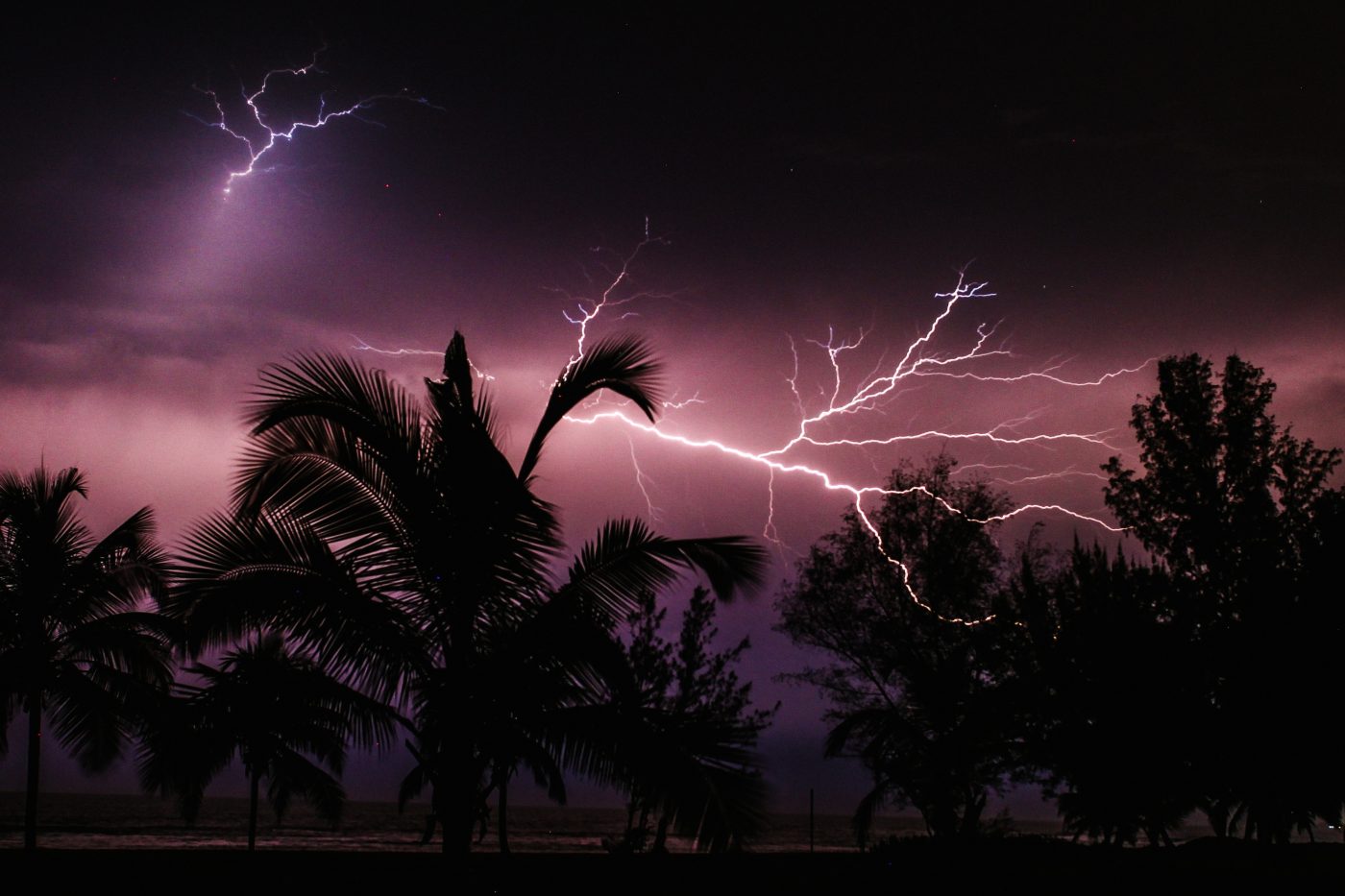Lightning Can Affect Deep Brain Stimulation Devices Used to Treat Parkinson’s, Study Finds

Nearly lightning strikes might affect the systems used for deep brain stimulation (DBS) in Parkinson’s patients and possibly the implants themselves, and particular safety measures should be taken, a case study suggests.
The research, “Lightning may pose a danger to patients receiving deep brain stimulation: case report,” appeared in the Journal of Neurosurgery.
DBS is a treatment option for people in advanced stages of Parkinson’s whose movement problems are not being helped by medications, and is used with other patients with similar unresponsive movement disorders. During surgery, one or more wires, or leads, is inserted deep into the brain to reach affected areas. These leads are then connected to a pacemaker-like implantable pulse generator, or neurostimulator, that is usually placed in the upper thoracic region, just under the patient’s skin.
These neurostimulators can be disrupted by strong electromagnetic fields — like those created by power lines, electronic power generators, induction heaters, and metal detectors. DBS devices usually come with a list of warnings regarding such fields, which can cause the neurostimulators to shut down and raise the risk of injury to a person using them at the time.
Researchers describe a 66-year-old woman who was being treating using a rechargeable IPG (Medtronic Activa RC) for neck dystonia — abnormal muscle tone characterized by involuntary muscle contractions. The woman had shown a very good response over the five years of treatment.
During a thunderstorm, lightning struck her apartment, damaging all electrical equipment — a television and air conditioner — that were operating at the time. She was not using her IPG, and her recharger was disconnected from the power supply.
One hour after the storm, she noticed her neck dystonia had returned — a first sign of problems — and had the unit checked for safety at an outpatient clinic because a “Power On Reset” warning appeared on the display. The check found that the IPG was not damaged, but had merely shut down. The patient again charged the unit and her neck dystonia eased with the treatment.
As this device must be frequently charged in the home, and both the system’s battery and recharger can be recharged together, the researchers warned this could pose a risk to patients during a thunderstorm.
“Patients treated with DBS must always be instructed to immediately check the functioning of their IPGs if they detect deterioration in their symptoms, especially after encountering a strong external EMF,” the researchers wrote. “We also recommend that the IPG charger be plugged into a surge protector, which is an inexpensive electronic device, especially if there is a concern for high-voltage spikes.”
They added: “As a further precaution for patients with a Medtronic Activa RC, it is reasonable to recommend that the recharger be charged first and disconnected from the electrical outlet before being used to charge the IPG. We also advise all clinicians to regularly warn DBS patients to strictly follow the manufacturer’s safety recommendations and not to charge the recharger and IPG simultaneously during a thunderstorm.”
“The present case draws attention to the potential danger of lightning strikes as well as possible measures to reduce risk and avoid this danger,” Dusan Flisar, MD, and the study’s senior author, commented in a press release.





